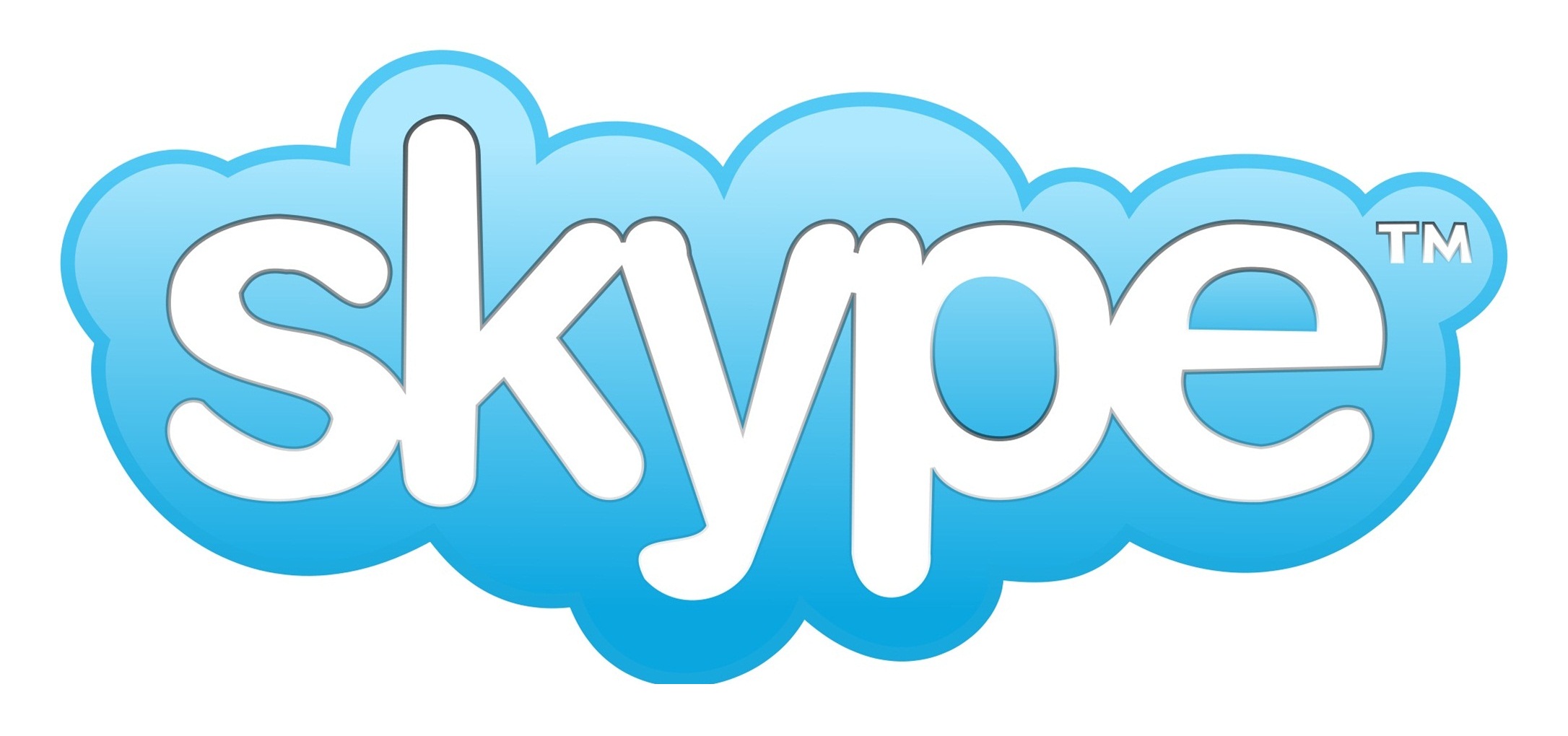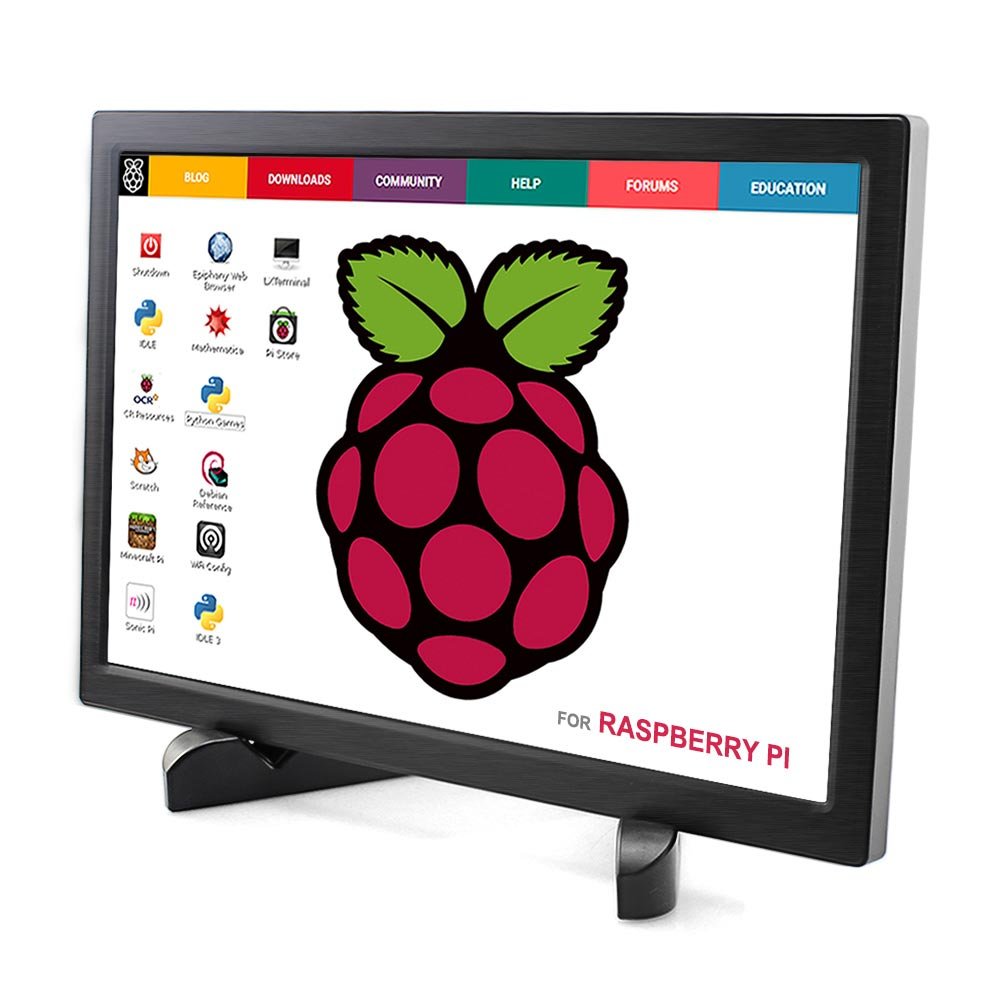; Date: Sun Aug 21 2011
Tags: Cellphones »»»» VOIP »»»» iPhone »»»» iPad »»»» Skype »»»» Internet »»»»

Recently Skype launched their app's for iPhone and iPad, Skype for iPhone, Skype for iPad, and Skype WiFi. Some tech observers have been breathlessly saying the iPhone (and Android) and all the apps for them mean that cell phone companies would just be data service providers, destroying their role in providing premium services via cell phones. As an iPhone user I barely think of AT&T Wireless, but does it really mean the cell phone company has become irrelevant? Some say VOIP applications like Skype are an end-run around the control phone companies have over mobile communications. Why? Because Skype (and other VOIP providers) offers voice (and sometimes video) communication as data over the network, rather than minutes on a cellphone plan. Those are pretty big questions, in the meantime let's take a look at these applications. I installed Skype on both iPhone and iPad (Skype for iPad) as well as Skype WiFi. You'll find a link below to the iTunes online App Store entry for the Skype application. I'm sure that there's a Skype application for Android, but not having an Android device prevents me from testing it.
I've had plenty of opportunity to talk with my girlfriend (she lives in NY City, me in Mtn View) using Skype. Using it on my MacBook Pro was frustrating, not due to audio quality or the fact that she doesn't have a video camera, but because the headphone cable means I'm tethered to the computer. I'm one of those who like to pace around while talking on the phone, and I feel trapped. Skype on the iPhone solves this problem by putting Skype in your pocket so you can pace around while having a telephone-like experience.
Skype isn't a phone but it's effectively the same as a telephone call. With the benefit of adding video, if the person at the other end has a video camera.
The iPhone Skype acts like the telephone app on your cellphone. You leave it fired up in the background, and when incoming calls arrive Skype pops up the call notification, you click the answer button, and there's your sweetie talking on what seems like a telephone call but it's over the internet using Skype. And you can add video because Skype supports video, and the iPhone has a built-in video camera. That would be great except she doesn't have video, oh well. The application looks remarkably like the built-in iPhone telephone app. Incoming calls invoke a popup saying "Skype - incoming call from so-and-so" letting you answer the call etc.
How well did it work? About the same as Skype on the MBP - meaning that it sometimes went all cylon and garbly, but generally is pretty good. Over on the iPad the experience is roughly the same, except you have more screen real-estate making for bigger dialog windows etc.
Windows Skype with iPhone Skype cross country: I already mentioned this worked great and was unable to test video due to lack of video at the other end. I was able to walk around the house doing things like watering the lawn while using it, just as if it were a regular cellphone call, but without using cellphone minutes.
Since I have multiple Skype accounts I checked different combinations of iPhone, iPad and MBP Skype apps while in the same room.
MBP Skype with iPhone Skype (in the same room): Could get video from either of the iPhone4 cameras to display on the MBP Skype, but could not get the MBP video camera to show on the iPhone Skype. No joy with emulating the video phone here.
MBP Skype with iPad Skype (in the same room): Generally the iPad Skype acts like the iPhone Skype but the bigger screen size gave them freedom to put more stuff on the screen. The iPad has a built-in microphone so you don't have to use the headset to do it, and that built-in microphone could let it serve as a conference calling solution with several people huddling around the same iPad to talk with other people elsewhere. Video from MBP to iPad was pretty good quality. Because mine is an iPad1 (no camera) I couldn't test video from iPad to MBP.
iPhone Skype with iPad Skype (in the same room): The experience was pretty good and video from iPhone to iPad worked but had a quality problem. It had a grainy quality that looked like the video pixels were scaled up using a poor scaling algorithm.
The iPad Skype could in theory serve as a great video phone substitute because of the large display. BUT that means the iPad2 (which I don't have) because it has cameras and basically screams "VIDEO PHONE". The iPhone4 also can do that but the screen is smaller and what if you want to drop the phone in your pocket to walk around and talk with nothing in your hands? Using the videophone feature either way means holding the device up in front of you, which could get tiring after awhile, and which would look even odder as someone's walking down the street talking to thin air. At least with the iPad you can buy a stand hold the iPad up for you, this isn't true for the iPhone unless some iPhone-cradle product is out there that I don't know about.
Does Skype for either iPhone or iPad threaten the cell phone company dominance? I don't think so. Both the iPad and iPhone Skype work over 3G (tested during a walk around the block) but there was a pretty bad delay. That is, it took a longish time to make the initial Skype call despite having iPhone and iPad sitting next to one another. Sound spoken into the microphone of one device took a second or two to be heard in the speaker of the other device. That delay would make normal conversation rather difficult. Finally, while using Skype doesn't use cellphone minutes it costs in megabytes of data transfer, and AT&T anyway is charging an outrageous amount for data.
In other words Skype works better over a good quality broadband Internet connection than it does over the normal cellphone network. Even there Skype has its flaws because of the tendency for voices to drop into cylon mode.
A side issue with Skype (and other VOIP systems) is access to emergency telephone numbers like the 911 number in the U.S. Regular phone companies are required by law to provide robust routing for 911 calls and I believe cellphone providers are required to provide 911 access even for cellphones that don't have otherwise have cellphone service. Skype and other VOIP systems do not have this requirement, and a few years ago much was being made over this as companies like Vonage were trying to supplant regular phone service.
Skype WiFi is a new service with the app just having been released a few days ago. I downloaded and ran it without reading up on what it does, and was surprised when there wasn't access to my Skype contact list nor ways to make Skype calls, etc. Turns out that Skype WiFi has nothing to do with making calls, and everything about finding a new use for your Skype credits. Specifically, it's a way to "browse the internet at public WiFi hotspots around the world, using your Skype credit as payment". So, if you're a traveller in an airport, want to surf the Internet for awhile during a layover, and are bummed over the outrageous prices they charge through your nose for airport (or hotel) WiFi access, the Skype WiFi app is a way around this. It still costs money but is probably less expensive than the highway robbery going on over WiFi access.
They have arrangements with WiFi providers in countries all around the world, but the service arrangements are probably geared to traveling westerners and are probably the services available in the hotels and airports frequented by traveling westerners.
It's not like you can walk down a random street in a village miles from Timbuktu and expect to use Skype WiFi to access the Internet. Well, unless that small remote village happens to have an outpost of western-ness having one of the WiFi services Skype has made a deal with. In other words, this isn't a replacement for regular cell phone service unless you happen to be in a facility that happens to have proper WiFi service.
I attempted to test this service but with little luck. According to the app, the Boingo Hotspot service is one of the supported networks. I checked Boingo's website and learned the Starbucks down the street from me had a Boingo hotspot. So I went for a walk stopping by the Starbucks, only to learn it had AT&T WiFi and the Skype WiFi app wouldn't recognize the network.











